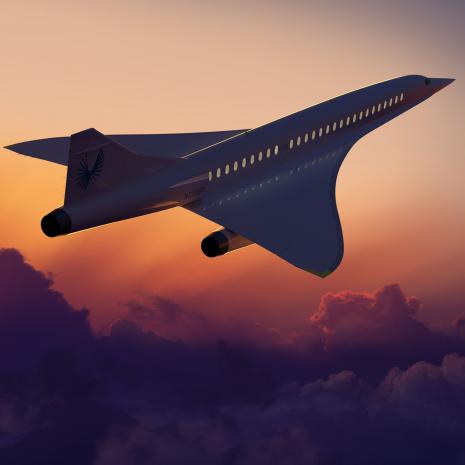
Breaking News
 Trump Halts Five Wind Farms Off the East Coast – 'A major victory for American energy...'
Trump Halts Five Wind Farms Off the East Coast – 'A major victory for American energy...'
 CDC to end animal testing in groundbreaking decision that will impact hundreds of experiments
CDC to end animal testing in groundbreaking decision that will impact hundreds of experiments
 Once-thriving shopping mall in ailing Democrat-run city is eerily empty on last Sunday before...
Once-thriving shopping mall in ailing Democrat-run city is eerily empty on last Sunday before...
 One-of-a-kind trimaran is set to be pedaled around the world
One-of-a-kind trimaran is set to be pedaled around the world
Top Tech News
 Perfect Aircrete, Kitchen Ingredients.
Perfect Aircrete, Kitchen Ingredients.
 Futuristic pixel-raising display lets you feel what's onscreen
Futuristic pixel-raising display lets you feel what's onscreen
 Cutting-Edge Facility Generates Pure Water and Hydrogen Fuel from Seawater for Mere Pennies
Cutting-Edge Facility Generates Pure Water and Hydrogen Fuel from Seawater for Mere Pennies
 This tiny dev board is packed with features for ambitious makers
This tiny dev board is packed with features for ambitious makers
 Scientists Discover Gel to Regrow Tooth Enamel
Scientists Discover Gel to Regrow Tooth Enamel
 Vitamin C and Dandelion Root Killing Cancer Cells -- as Former CDC Director Calls for COVID-19...
Vitamin C and Dandelion Root Killing Cancer Cells -- as Former CDC Director Calls for COVID-19...
 Galactic Brain: US firm plans space-based data centers, power grid to challenge China
Galactic Brain: US firm plans space-based data centers, power grid to challenge China
 A microbial cleanup for glyphosate just earned a patent. Here's why that matters
A microbial cleanup for glyphosate just earned a patent. Here's why that matters
 Japan Breaks Internet Speed Record with 5 Million Times Faster Data Transfer
Japan Breaks Internet Speed Record with 5 Million Times Faster Data Transfer
Fifteen years after Concorde, supersonic jets are booming back into style

You might not remember, but there used to be a jet called the Concorde that had a cruising speed of 1,354 mph, which is twice the speed of sound. New York City to London, typically a seven-hour flight, only lasted three-and-a-half hours on the Concorde. But the Concorde went bust in 2003, and supersonic jets fell out of favor. A new crop of aviation startups is hoping to resurrect it, and thanks to a new set of laws in the US, that comeback seems all but assured.
Buoyed by rich investors who want faster private jets, these startups are testing new technologies that could muffle the sonic boom that occurs when an airplane breaks the sound barrier. These cannon blast booms led Congress to ban supersonic jets from flying over US soil in 1973. But in October, President Trump signed a bill directing the Federal Aviation Administration to consider lifting the ban, breathing new life into the industry.

 Advanced Propulsion Resources Part 1 of 2
Advanced Propulsion Resources Part 1 of 2

